Emergency Flashlights: What to Look for and How to Build a Storm-Ready Kit
- by Joe Weber - updated on 7/14/2025
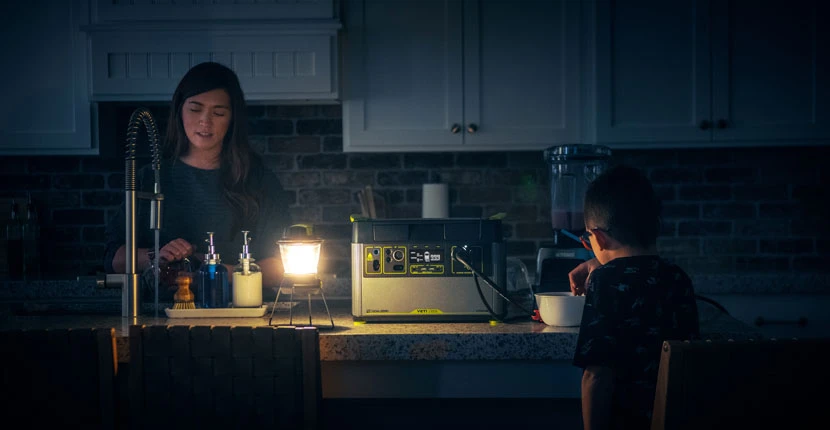
When the power goes out, your flashlight becomes more than just a tool—it's your lifeline. Whether you're navigating your home during a blackout or checking on loved ones after a storm, having reliable emergency lighting is essential.
In this guide, we'll cover what to look for in an emergency flashlight, our top recommendations, and what else you should include in a well-stocked emergency lighting kit.
What You'll Learn
- Why emergency flashlights are essential during blackouts and natural disasters
- The best types of flashlights, lanterns, and headlamps for storm kits
- What batteries you should keep on hand
- How to build a complete emergency lighting setup
- FAQs about emergency flashlights
Why You Need an Emergency Flashlight
When severe weather strikes, power outages are often not far behind. A high-quality flashlight provides the visibility and peace of mind you need to stay safe. Unlike your phone's flashlight, a purpose-built LED flashlight offers a longer runtime, brighter light, and greater durability in tough conditions.
Best Flashlights for Emergencies
Not all flashlights are created equal. Here are a few of our top picks for emergency use:
Batteries Plus Rechargeable Handheld Flashlight (1000 lumens) – Offers high, low, and strobe modes with a durable aluminum body and IPX4 water resistance.
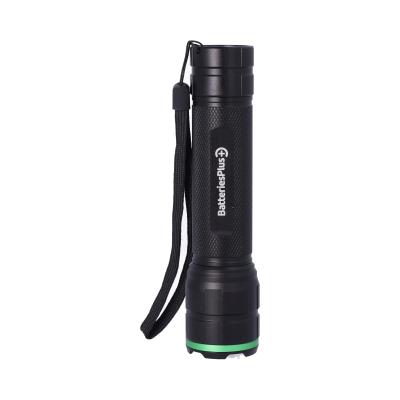
Batteries Plus Pop-Up Lantern (350 Lumen) – Features both a 350-lumen lantern mode and 100-lumen spotlight mode with up to 18 hours of runtime, plus a pop-up design, magnetic top, hanging hook, and included AA batteries for versatile emergency lighting.
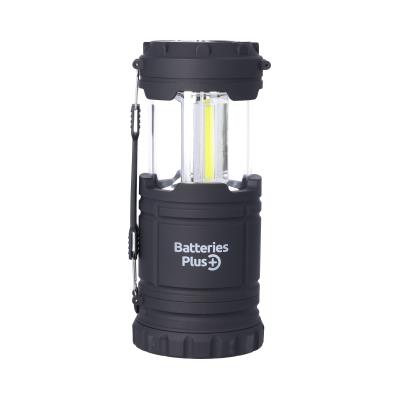
LuxPro LP600 (550 lumens) – Made from durable aircraft-grade aluminum with four light modes. Runs on four AAA batteries.
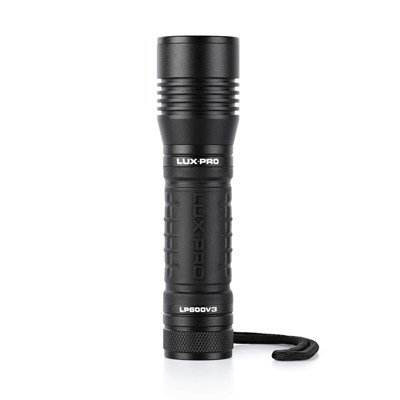
NEBO Redline V (500 lumens) – Waterproof and versatile, this flashlight features five modes, including SOS and a 4x zoom.
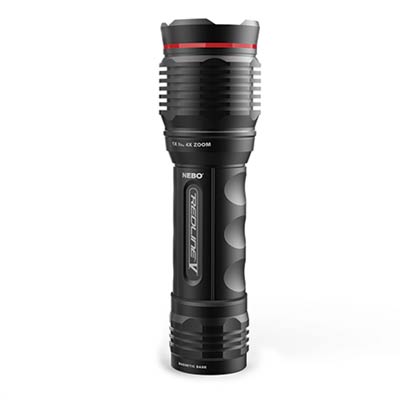
NEBO Redline Flex (450 lumens) – Offers dual power options: rechargeable lithium-ion or one AA battery. Compact and powerful.
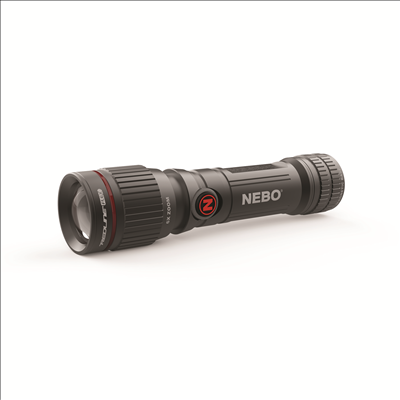
When choosing a flashlight, look for models with multiple modes, water resistance, and a solid build quality.
Don't Forget Hands-Free Lighting
Flashlights are great for quick use, but for hands-free tasks like cooking, repairs, or reading, consider:
Headlamps – Ideal for hands-on work during outages or outdoor emergencies.
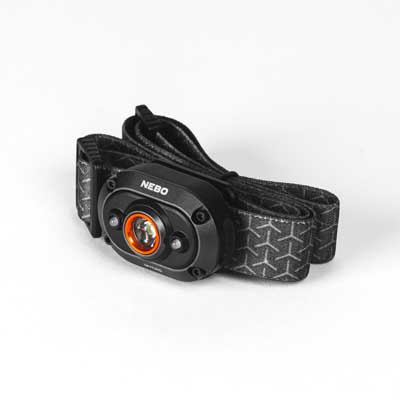
LED Lanterns – Illuminate an entire room or campsite with wide-angle lighting.
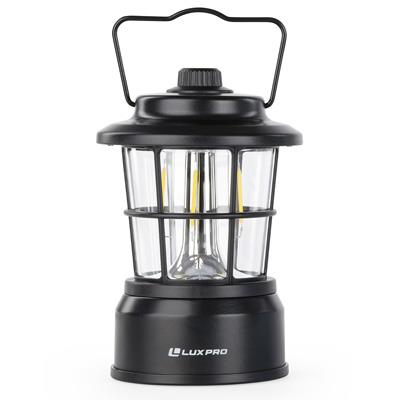
NEBO Flipit 400 – A portable stick-anywhere LED light that's ideal for closets, hallways, and cabinets when the power goes out.
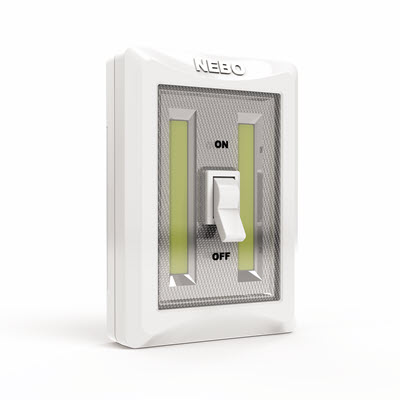
The Importance of Backup Batteries
Your lighting is only as good as the power behind it. Make sure you stock up on:
Alkaline batteries – Great for everyday flashlights and radios.
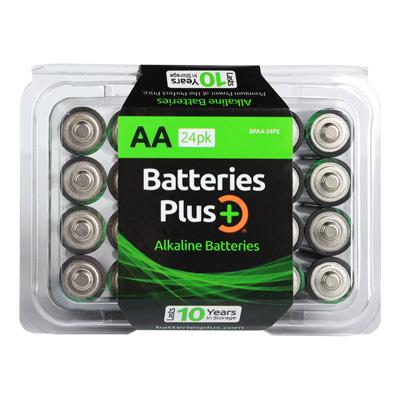
Lithium batteries – Longer shelf life and superior performance in extreme temperatures.
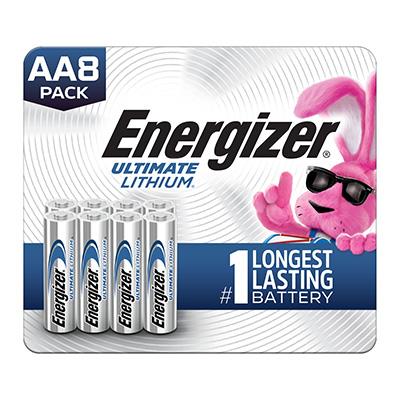
Rechargeables – Eco-friendly and cost-effective for frequent use, though they'll require a charged power source.
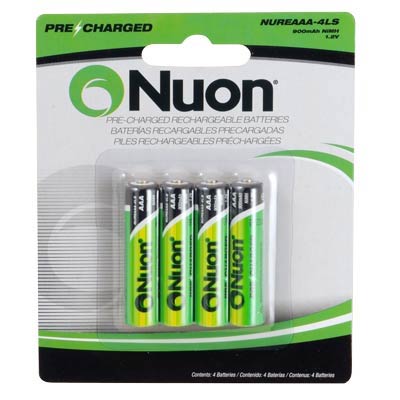
Not sure which to buy? Stop by your nearest Batteries Plus for expert guidance.
Other Emergency Essentials
Flashlights are just one part of your emergency kit. Consider adding these essentials:
Battery backups for sump pumps – Keep Your Home Safe from Flooding During Power Outages.
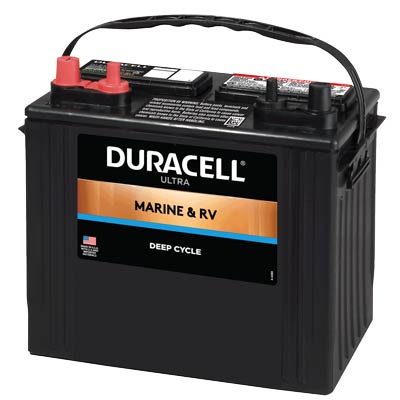
LED emergency light bulbs – Automatically turn on in the event of a power outage.
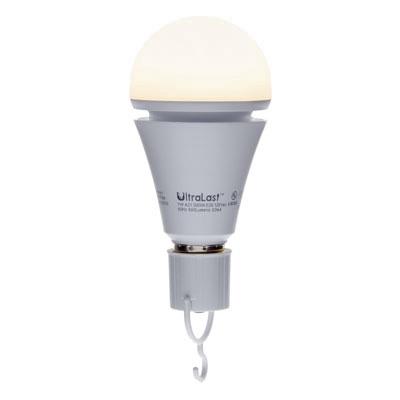
Power banks – Keep your phones and other devices fully charged when you're on the go.
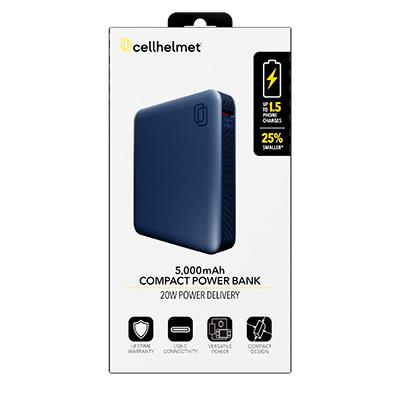
Jump starters – Ensure your vehicle can get back on the road quickly in an emergency.
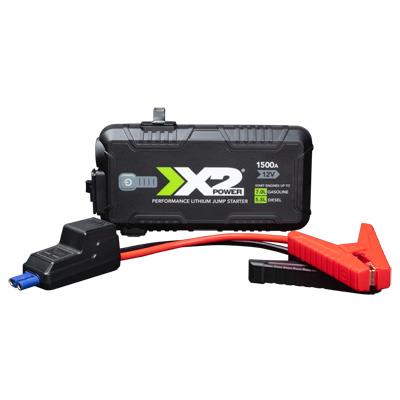
UPS backup units – Supply power to critical devices during extended outages.
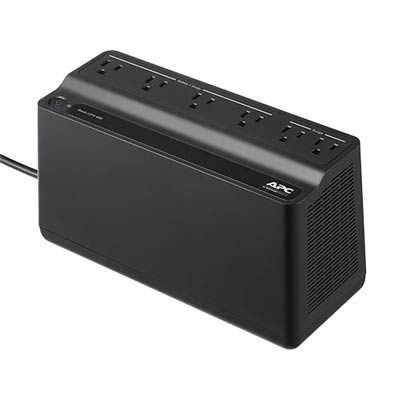
Weather radios – Stay informed with a battery-powered or hand-crank weather radio.
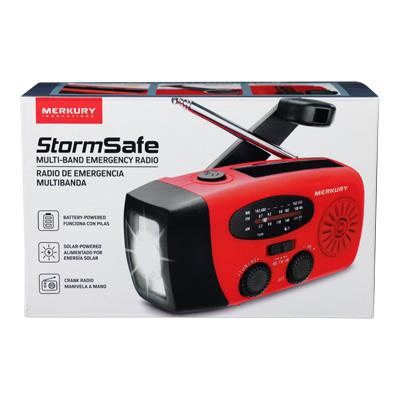
Emergency Prep: How to Build a Complete Lighting Kit
Putting together a reliable emergency lighting kit doesn't have to be complicated. Here's what we recommend:
Emergency Lighting Kit Checklist
- At least two high-lumen flashlights (300–500 lumens)
- One LED lantern for area lighting
- One headlamp for hands-free use
- Extra batteries (alkaline and lithium)
- Portable power bank or power station (for keeping your rechargeable flashlights and other devices charged)
- LED emergency bulbs for common areas
- Weather radio with spare batteries
Make sure your kit is stored in an easily accessible location and check it every 3–6 months to ensure everything still works.
Frequently Asked Questions
Q: What's the best flashlight brightness for an emergency?
A: Look for flashlights with at least 300–500 lumens for optimal visibility during blackouts or severe weather.
Q: Are rechargeable or disposable flashlights better for emergencies?
A: Both have their place. Rechargeables are great if you have access to power, while disposables (especially lithium) are better for long-term storage.
Q: Can I use a headlamp instead of a flashlight?
A: Headlamps are great for hands-free work, but it's best to have both options available in your kit.
Q: Do I need to remove batteries from flashlights when storing them?
A: Yes, if you're not using the flashlight for several months, remove the batteries to prevent corrosion.
Q: What's the difference between alkaline and lithium batteries?
A: Lithium batteries last longer, perform better in extreme conditions, and have a shelf life of up to 20 years, making them perfect for emergency kits.
Stay Ready with Help from Batteries Plus
Whether you're building your first emergency kit or upgrading your current setup, Batteries Plus has the flashlights, batteries, and expert advice you need to stay safe. Many of our stores also carry weather radios, power banks, and other emergency essentials.
Stop by your nearest Batteries Plus location and let The Experts in Charge help you prepare for whatever comes next.